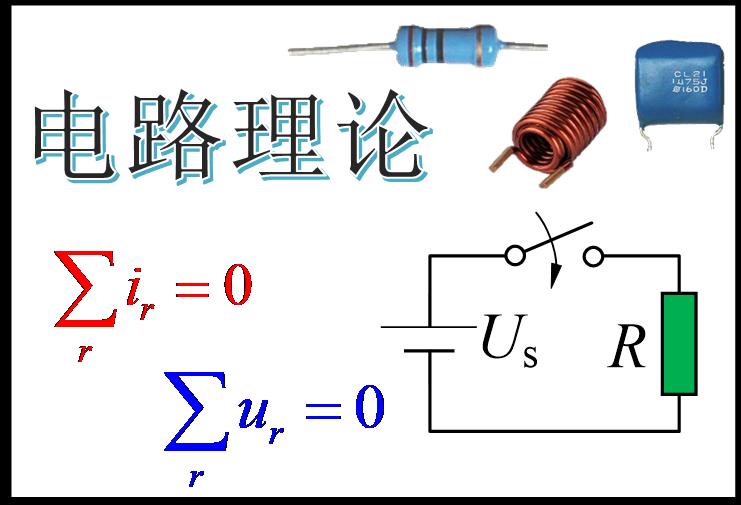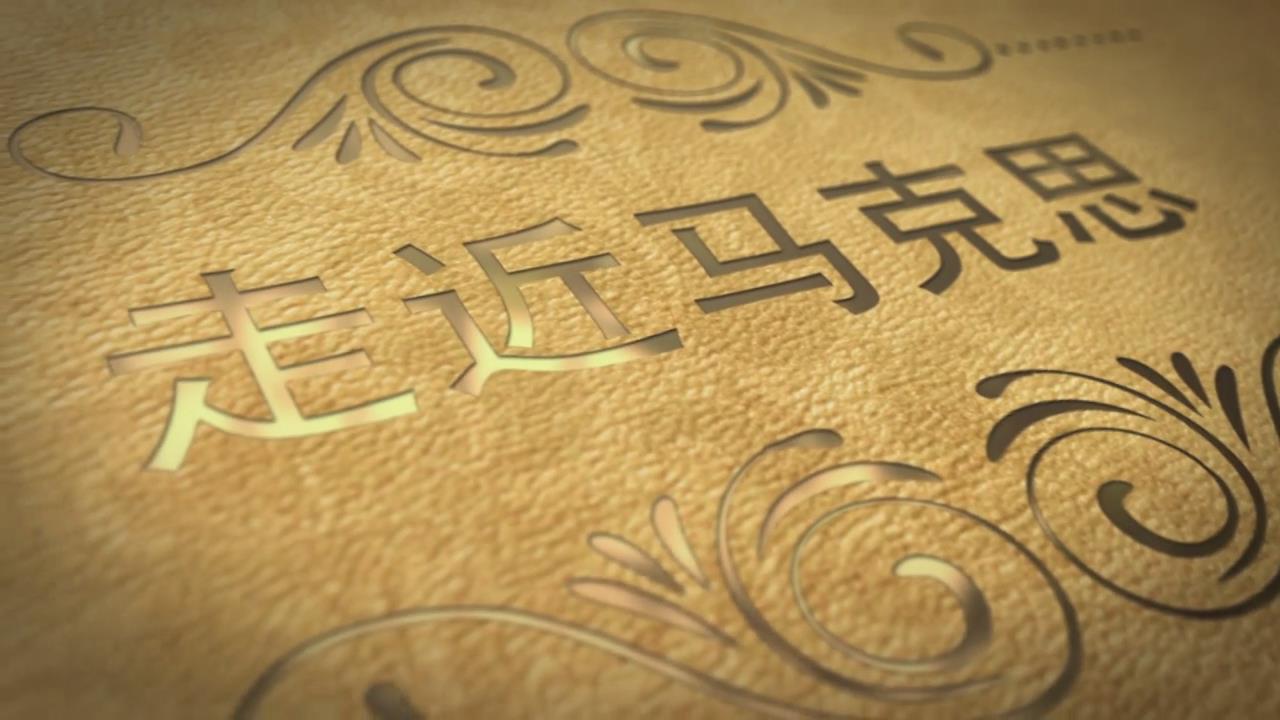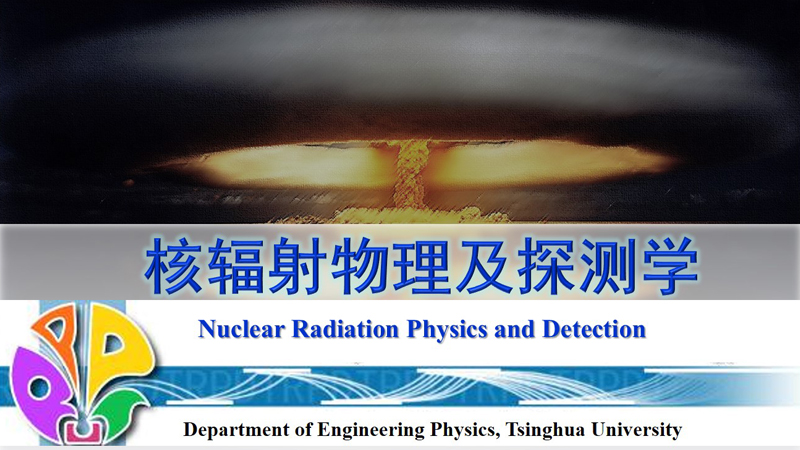
当前课程知识点:Diagnostics in Chinese Medicine > Week 8 Diagnosis methods: Observation (2) > 6.2.3 Observation of body > 6.2.3 Observation of body
返回《Diagnostics in Chinese Medicine》慕课在线视频课程列表
返回《Diagnostics in Chinese Medicine》慕课在线视频列表
同学们好
下面我们学习局部望诊的
望躯体的部分
望躯体 我们主要从四个方面来学习
包括 望颈项 望胸胁 望腹部 和望腰背等
首先我们来学习望颈项
颈项 连接头身
颈项中有气道 食道 脊髓和血脉通过
是清气 饮食 气血 和津液循行要道
同时
手足三阳经及任督二脉循行于颈项部
所以望颈项可诊察脏腑气血的失调
以及了解全身的病变
望颈项 主要望颈项的外形和动态
第一是外形
正常颈项外形 是直立的
两侧对称 气管居中
颈动脉搏动在安静时不易见到
异常的颈项 我们给同学们介绍两种
即瘿瘤和瘰疬
瘿瘤 是指颈前结喉处 有肿块突起 或大或小
或单侧或双侧
可随着吞咽而上下移动
通常是由于肝郁气结痰凝
或是因为水土失调 痰气互结所导致的病变
第二种 就是瘰疠
瘰疠 是指颈侧颌下有肿块如豆
累累如串珠
可以融合溃烂成窦道
通常是属于肺肾阴虚火旺 炼津成痰
或外感风火湿毒 夹痰结于颈前的一种表现
第二个是动态
正常人的颈项 转侧俯仰自如
颈项的活动范围是
左右旋转各30度
后仰30度 前屈30度
左右侧屈 可以达到45度
颈项的异常改变 我们主要讲两种
项强和项软
项强 是指项部拘急 或僵硬
主要是由于风寒侵袭太阳经
经气不利所导致
是温热火邪上攻所导致的一种病变
如果项强 出现在睡眠以后
并没有其他的症状 为落枕
多因为睡姿不当 感受寒邪
颈部经络寒凝气滞所导致的一种病变
项软 是指颈项软弱 抬头无力
小儿的项软 通常是与先天不足 肾精亏损
后天失调 发育不良有关
可见于佝偻病的患儿 或脑瘫病的患儿
第二个部分 望胸胁
胸腔内藏有心肺 属上焦 为宗气之所聚
是经脉 血管循行布达的地方
胸廓前有乳房 属胃经
乳头属肝经
胁肋为肝胆经循行的部位
所以 望胸胁可诊察心肺的病变
和宗气的盛衰 以及乳房的疾病
望胸胁主要望胸胁的外形和呼吸运动等等
正常的胸廓的外形 表现为
扁圆柱形 两侧对称
左右径和前后径的比例是1.5:1
胸廓的形态出现异常 主要表现出来以下几种
比如 扁平胸
扁平胸 主要表现为胸廓较正常人扁平
前后径小于左右径
通常见于形体消瘦的人
或阴虚的体质的人
或者也可以见于肺肾阴虚 气阴两虚的病人
桶状胸 表现为胸廓较正常人膨隆
前后径和左右径约相等
多为久病咳喘 肺肾气虚
肺气壅滞的一种表现
鸡胸 表现为胸骨下部明显的前凸
胸廓前后径长 而左右径比较短
肋骨侧壁凹陷 形似鸡的胸廓
漏斗胸 主要表现为胸廓下端凹陷 形似漏斗
肋如串珠 主要表现为肋骨和肋软骨连接处
变厚增大 状如串珠
无论是鸡胸 漏斗胸 还是肋如串珠
通常都是由于先天不足 后天失养
或肾气不足 骨髓发育异常的
佝偻病的患儿所表现出来的一种病证
另外 望胸廓 还要望胸廓的呼吸运动
正常的呼吸是 均匀 节律整齐
每分钟约16到18次
胸廓的起伏 左右对称 均匀放松
妇女以胸式呼吸为主
男子或儿童是以腹部式呼吸为主
异常的呼吸运动 如果表现出呼吸急促
胸廓起伏明显 通常见于实热证
多为邪热痰浊犯肺所致
而如果呼吸微弱 胸廓起伏不显
通常见于虚寒证
多为肺气亏虚所致
第三个部分望腹部
腹部属中下焦 内藏肝胆
脾胃 大小肠 膀胱 胞宫等等脏腑
所以望腹部可以诊察腹部内在脏腑的病变
和气血盛衰
望腹部 主要望腹部的形态和动态
正常的腹部平坦对称
直立时腹部可稍微隆起
约与胸平齐
仰卧时则可稍凹陷
异常的腹部的形态表现为以下几种
比如 如果腹部膨隆 脐心突出
皮肤绷紧 腹壁青筋暴露 称为水臌
多由于气滞 血瘀 水停所导致的病证
常见于肝硬化腹水的病人
如果腹部膨隆 鼓之如鼓
中空无物 为气臌
多由脾虚气滞 肝气郁结
或大小肠先天畸形等导致的病证
腹部凹陷状如舟船 称为舟状腹 多见于
久病脾胃气虚 机体失养
或新病大吐泻
津液大伤所导致的一种病证
腹壁 有半球状的突起 称为疝气
疝气好发的部位 主要见于腹壁正中线
脐孔和腹股沟等处
疝气 通常在人体直立或用力后发生
第四就是望腰背部
背为胸中之府 为心肺之所居
与肝胆有关系
腰为身体运动的枢纽 为肾之府
督脉 足太阳膀胱经 带脉循经腰背部
所以望腰背部 可诊察有关经络脏腑的病变
望腰背部 主要望腰背部的形态的异常
以及活动的受限等等
正常的腰背部 两侧对称
俯仰转侧自如 直立的时候
脊柱居中 生理弯曲正常
异常的腰背部
我们主要看以下几张图片
比如 脊柱过度弯曲 称为驼背或龟背
与肾气亏虚 发育异常有关
或出现在脊柱病变的人
第二个是脊柱侧弯
可以见于小儿发育期坐姿不良
或先天不足 肾精亏损 发育不良的病人
或者见于一侧胸部有病的病人
另外 角弓反张的病人
表现为 脊背后弯 反折如弓
兼有颈项强直 四肢抽搐
通常为肝风内动 筋脉拘急所致
可见于高热惊风 破伤风等病人
以上是望躯体诊病的内容
本节课就讲到这里
-Introductory remark
--QQ groups、WeChat public account
-Introduction
--【Discussion 1】Why do you want to take this course?
-Unit test for Introduction
-1.1 Yin-yang theory
-1.2 The theory of five elements
--1.2.1 The theory of five elements
--1.2.2 Application of the theory of five elements
-Frequently Asked Questions
-Unit test for week 1
-2.0 Outline
--【Discussion 2】How to understand the holistic view centered on the Zang Fu theory?
-2.1 Liver
--【Discussion 3】Why is repose more important than vigorous exercise in recuperation for patients with
-2.2 Heart
-2.3 Spleen
-2.4 Lung
--2.4 Lung
-2.5 Kidney
-2.6 Six fu organs
-Frequently Asked Questions
-Unit test for week 2
-3.1 Qi
--3.1 Qi
-3.2 Blood
-3.3 Body fluid
-3.4 The relationship of qi, blood and body fluid
--3.4 The relationship of qi, blood and body fluid
--【Discussion 4】A discussion about the theory of qi, blood and body fluid
-Frequently Asked Questions
-Unit test for week 3
-4.0 Outline
-4.1 Six exogenous factors
--4.1.2 Nature and pathogenicity of wind and cold
--4.1.3 Nature and pathogenicity of summer heat and damp
--4.1.4 Nature and pathogenicity of dryness and fire
-4.2 Etiology of visceral impairment
--4.2 Etiology of visceral impairment
-Frequently Asked Questions
-Unit test for week 4
-5.0 Outline of inquiry
--【Discussion 5】If you were a patient, how would you describe your condition to your doctor first?
-5.1 Inquiry of Chills and fever
--5.1.1 Chills and fever(Aversion to cold with fever)
--5.1.2 Chills and fever(Chills without fever)
--5.1.3 Chills and fever(Fever without chills)
--5.1.4 Chills and fever(Alternative chills and fever)
--【Discussion 6】How to understand "if you have clinical manifestations of cold, that is exterior syndr
-5.2 Inquiry of perspiration
-Frequently Asked Questions
-Unit test for week 5
-5.3 Inquiring of pain
--【Discussion 7】How to understand "stagnation leading to pain and innourish leading to pain"?
-5.4 Inquiring of head, body, thorax and abdomen
--5.4 Inquiring of head, body, thorax and abdomen
-5.5 Inquiring of ears and eyes
--5.5 Inquiring of ears and eyes
-5.6 Inquiring of sleep
-5.7 Inquiring of food and drink, appetite and taste
--5.7 Inquiring of food and drink, appetite and taste
-5.8 Inquiring of defecation and urination
--5.8.1 Inquiring of defecation
--5.8.2 Inquiring of urination
-5.9 Inquiring of infantile and women's disease
--5.9 Inquiring of infantile and women's disease
-Unit test for week 6
-6.0 Outline of Observation
--【Discussion 8】Please use the whole body inspection (including the expression, complexion and figure)
-6.1.1 Observation of vitality
--6.1.1 Observation of vitality
-6.1.2 Observation of the color
--6.1.2.1 The content, principles of inspection of the color
--6.1.2.2 Indication of diseases by five colors
--【Discussion 9】How do you understand the normal complexion of a normal people?
-6.1.3 Observation of the appearance
--6.1.3 Observation of the appearance
-6.1.4 Observation of figure and posture
--6.1.4 Observation of figure and posture
-Unit test for week 7
-6.2.1 Observation of head and face
--6.2.1 Observation of head and face
-6.2.2 Observation of five sensory organs
--6.2.2.1Observation of five sensory organs(observation of eyes,ears,nose)
--6.2.2.2Observation of five sensory organs(observation of lips,teeth and gums,throat)
-6.2.3 Observation of body
-6.2.4 Observation of limbs
-6.2.5 Observation of two lower orifices
--6.2.5 Observation of two lower orifices
-6.2.6 Observation of skin
-6.3 Observation of excreta
-6.4 Observation of infantile fingerprints
--6.4 Observation of infantile fingerprints
-Frequently Asked Questions
-Unit test for week 8
-7.1 Outline of tongue inspection
--7.1.1 The morphology and structure of the tongue
--7.1.2 The principle of tongue examination
--7.1.3 The method and precaution of tongue examination
--7.1.4 The content of tongue examination, normal tongue
-7.2 Inspection of tongue structure
--7.2.1 Observe the color of tongue
--7.2.2 Observe the shape of tongue
--7.2.3 Observe the states of tongue
--7.2.4 Observation of sublingual vein
-7.3 Observation of tongue coating
--7.3.1 Observation of coating texture
--7.3.2 Observe the color of coating
-7.4 Clinical significance of tongue diagnosis
--7.4 Clinical significance of tongue diagnosis
--【Discussion 10】Why to observe the tongue can be used to diagnose disease?
-Unit test for week 9
-8.1 The principle of pulse examination
--8.1 The principle of pulse examination
-8.2 The regions and methods of pulse examination
--8.2 The regions and methods of pulse examination
-8.3 The elements of pulse examination and the normal pulse
--8.3 The elements of pulse examination and the normal pulse
-8.4 Characteristics and significance of pulse
--8.4.1 Superficial pulse, deep pulse, slow pulse, rapid pulse
--8.4.2 Surging pulse, thin pulse, long pulse, short pulse
--8.4.3 Feeble pulse, forceful pulse, slippery pulse, uneven
--8.4.4 Taut pulse, tense pulse,soggy pulse, moderate pulse
--8.4.5 Knotted, slow-regular-intermittent, irregularly abrupt
-8.5 Similar pulse, concurrent pulse, pulse indicating deterioration of visceral qi۞
--8.5 Similar pulse, concurrent pulse, pulse indicating deterioration of visceral qi۞
--【Discussion 11】Why is complex pulse more common than single-factor pulse?
-8.6 Women’s pulse, children’s pulse
--8.6 Women’s pulse, children’s pulse
-8.7 The clinical significance of pulse diagnosis
--8.7 The clinical significance of pulse diagnosis
-Unit test for week 10
-9.1 Listening
-9.2.1 Abnormal sound
-9.2.2 Abnormal language
-9.2.3 Respiratory abnormality
--9.2.3 Respiratory abnormality
-9.2.4 Cough
--【Discussion 12】How to observe the patient's cough sound and sputum changes to determine whether the
-9.2.5 Abnormal sounds of the stomach and intestines
--9.2.5 Abnormal sounds of the stomach and intestines
-9.3 Smelling
--【Discussion 13】How to diagnose by smelling?
-Unit test for week 11
-10.1 The method, meaning and precautions of palpation
--10.1 The method, meaning and precautions of palpation
-10.2 Contents of palpation
--10.2.1 Palpating chest and hypochondrium
--10.2.2 Palpating stomach and abdomen
--10.2.4 Palpating hands and feet, palpating acupoints
--【Discussion 14】How to determine whether external or internal injuries?
-Unit test for week 12
-Conclusion
-Final Exam
--Final Exam





